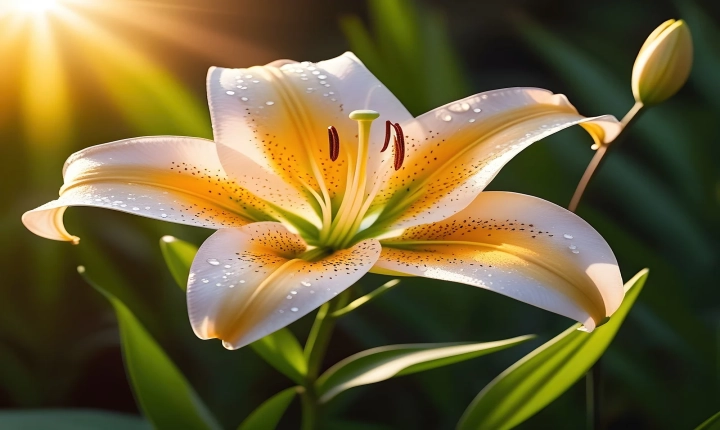Title: Can AI Computers Create Art? Exploring the Intersection of Technology and Creativity
In recent years, the capabilities of artificial intelligence (AI) have expanded dramatically, leading to advancements in various fields, including art. While the concept of machines creating art may initially seem far-fetched, the reality is that AI-driven systems are increasingly demonstrating their ability to produce works of art that rival those created by human artists. This raises questions about the essence of creativity, the role of technology in art, and the implications of AI-generated art on the creative landscape.
AI-generated art encompasses a wide array of mediums, from visual arts and music to literature and film. Through the use of algorithms and machine learning, AI systems can analyze and interpret large datasets of existing artworks, texts, and musical compositions. They can then generate new pieces that mimic the styles, techniques, and themes found in the input data. In some instances, AI systems can even create entirely original compositions that push the boundaries of traditional artistic expression.
One of the primary arguments against AI-generated art is the belief that creativity is an inherently human trait that arises from emotion, intuition, and personal experiences. Can an AI system truly replicate the depth of human emotion and the complexity of the human experience in its art? Proponents of AI-generated art argue that creativity is not solely dependent on human cognition and that AI can offer new perspectives and innovative approaches that expand the horizons of artistic expression.
The transparency of the creative process is another point of contention. When a human artist creates a piece of art, their personal history, emotions, and intentions are often intertwined with the work. Viewers can appreciate the art not only for its aesthetic qualities but also for the story and meaning behind it. In contrast, AI-generated art lacks a personal narrative, leading some to question its authenticity and emotional depth.
Furthermore, the rise of AI-generated art has sparked discussions about the impact on the art market and the role of human artists. Will AI art eventually supplant human-created art, leading to a devaluation of the creative process and the artist’s role? Or will AI serve as a complementary tool for artists, offering new ways to inspire and enhance their work? As AI continues to evolve, these questions become increasingly relevant to the future of the art world.
Despite the debates surrounding AI-generated art, its potential for artistic innovation and collaboration should not be overlooked. Some artists and creative professionals are actively embracing AI as a tool for inspiration and experimentation, leveraging its capabilities to generate new ideas and explore unconventional approaches to art-making. Additionally, AI-generated art has the potential to make art more accessible to a wider audience and democratize the creative process.
In conclusion, the intersection of AI and art presents a complex and multifaceted landscape that challenges traditional notions of creativity and artistic expression. While AI-generated art may not replace the role of human artists, it undoubtedly offers new possibilities for innovation and exploration. As AI technology continues to advance, the art world will need to grapple with the ethical, philosophical, and practical implications of AI-generated art, ultimately shaping the future of creativity and expression.
